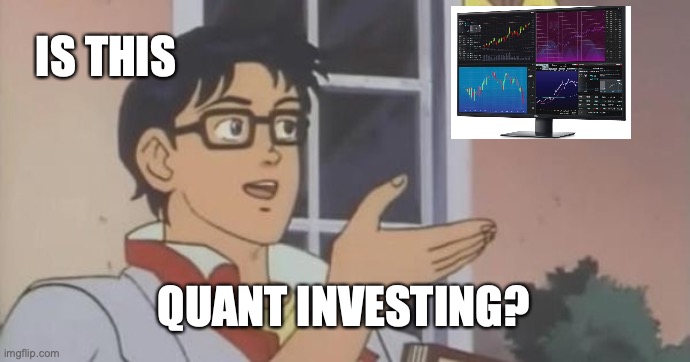You don't have to invoke magic or time travel to explain Renaissance Technologies and their amazing track record. First-mover advantage suffices. (1/N)
Consider this sequence of events:
- Rentec discovers a persistent source of mispricing in the market.
- Rentec trades *fast* to capture this mispricing.
- Rentec's activity forces prices to converge. (2)
- Rentec discovers a persistent source of mispricing in the market.
- Rentec trades *fast* to capture this mispricing.
- Rentec's activity forces prices to converge. (2)
To external observers, the mispricing never arises. Nobody even sees the opportunity; they all think "oh, that (slice of the) market is already efficient". Back-testing on this opportunity reveals no alpha to be captured. Everybody moves on. (3)
Meanwhile Rentec harvests consistent returns year after year, on trades that nobody else would ever think to do. The only catch is that there's a limit to how much money they can make -- but they're okay with that. (4)
All you need for this equilibrium to hold is for Rentec to have been in business longer than most (true), with historical data deeper than most (true), execution that's faster than most (true), and a willingness to cap their AUM at the size of the opportunity (true). (5)
Everybody thinks Rentec is unfathomable voodoo. But what you see is precisely what you'd expect if they were just a little bit smarter, just a little bit earlier, than everyone else in quant finance. (6)
• • •
Missing some Tweet in this thread? You can try to
force a refresh





